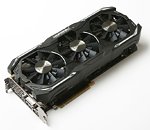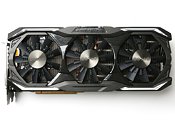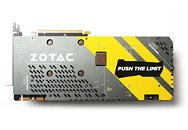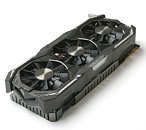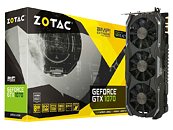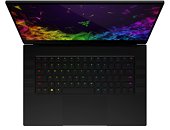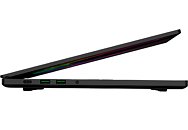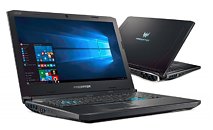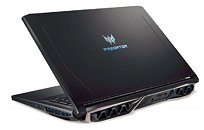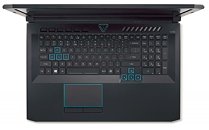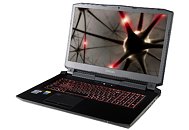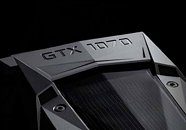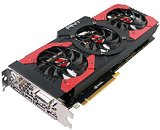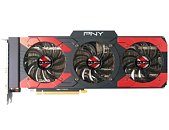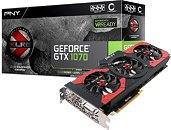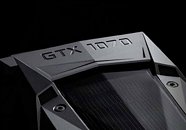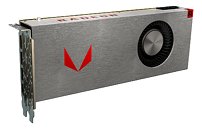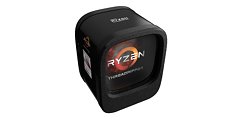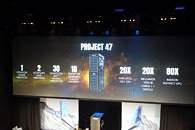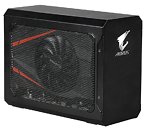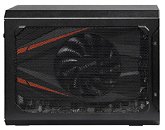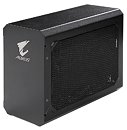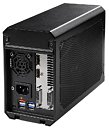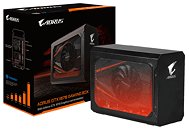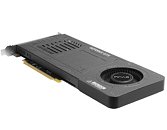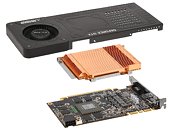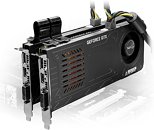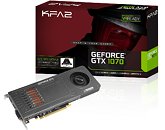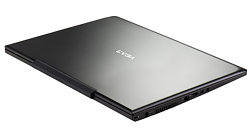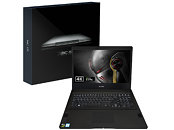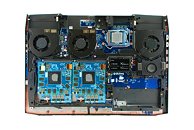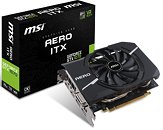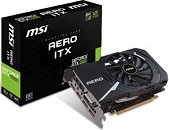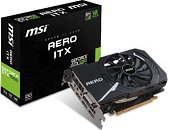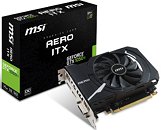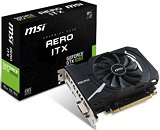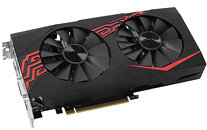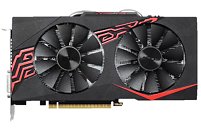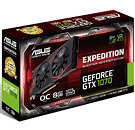
Alan Wake 2 GPU Spec Requirements Lowered: GeForce GTX 1070 & Radeon RX 5600 XT
Remedy Entertainment has revealed that patch 1.0.16.1—for Alan Wake 2—will optimize graphics card performance on older architectures. Digital Foundry's Video Producer, Alex Battaglia, previewed these improvements earlier in the week—he noted that Remedy's Northlight Engine-powered 2023 visual masterpiece was: "one of the most demanding for older hardware. Owing to its use of DX12 Ultimate mesh shaders, the game could run on older hardware but often delivered an unplayable experience, especially on Nvidia's GTX 10-series GPUs built on the Pascal architecture." That generation's lack of mesh shader support is observed as its main "undoing in Alan Wake 2," where a substantial portion of visual delivery is reliant on said technologies. Battaglia observed that: "the game does function on GPUs that don't support mesh shaders, but poor performance and visual errors are the problem: the GTX 1060 at 1080p on FSR 2 quality mode, married up with PS5's performance mode quality presets delivers a game typically running under 60 FPS, more usually hitting circa 15 FPS. Game frame-rate is so low, even game speed and audio playback are compromised."
Today, Remedy's Alan Wake social media account announced the release of the game's latest update: "We've been optimizing the PC version of Alan Wake 2, and as a result the minimum PC system requirements have been lowered. Please check the updated image (below)! These changes take effect with update 1.0.16.1, out on PC now." Certain owners of Team Green Pascal-era hardware, as well as Team Red RDNA 1.0/Navi 10 preservationists will be pleased to find out that Alan Wake 2's minimum specification tier now accommodates NVIDIA GeForce GTX 1070 and AMD Radeon RX 5600 XT graphics cards. Digital Foundry's preview piece did mention incremental improvements for Vega-based GPUs, albeit with optimizations introduced within earlier Alan Wake 2 patches.
Today, Remedy's Alan Wake social media account announced the release of the game's latest update: "We've been optimizing the PC version of Alan Wake 2, and as a result the minimum PC system requirements have been lowered. Please check the updated image (below)! These changes take effect with update 1.0.16.1, out on PC now." Certain owners of Team Green Pascal-era hardware, as well as Team Red RDNA 1.0/Navi 10 preservationists will be pleased to find out that Alan Wake 2's minimum specification tier now accommodates NVIDIA GeForce GTX 1070 and AMD Radeon RX 5600 XT graphics cards. Digital Foundry's preview piece did mention incremental improvements for Vega-based GPUs, albeit with optimizations introduced within earlier Alan Wake 2 patches.








